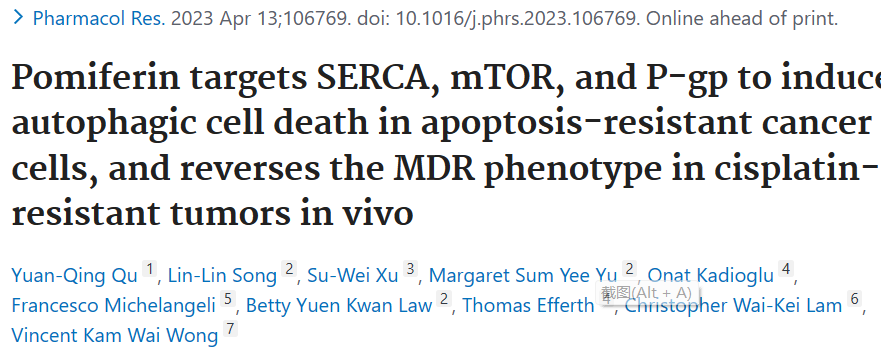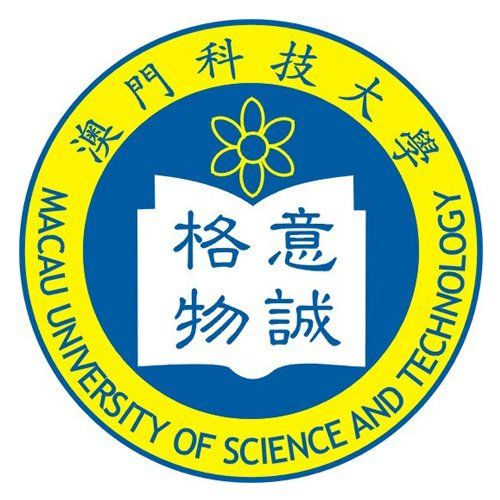预约演示
更新于:2025-05-07
Pomiferin
更新于:2025-05-07
概要
基本信息
结构/序列
分子式C25H24O6 |
InChIKeyGHCZYXUOYFOXIP-UHFFFAOYSA-N |
CAS号572-03-2 |
关联
100 项与 Pomiferin 相关的临床结果
登录后查看更多信息
100 项与 Pomiferin 相关的转化医学
登录后查看更多信息
100 项与 Pomiferin 相关的专利(医药)
登录后查看更多信息
146
项与 Pomiferin 相关的文献(医药)2025-02-01·Food Chemistry
Metabolomics combined with biochemical analyses revealed phenolic profiles and antioxidant properties of rapeseeds
Article
作者: Yuan, Yongjun ; Lv, Xin ; Zhang, Yao ; Chen, Hong ; Wei, Fang ; Wang, Dan ; Zheng, Chang
2024-12-31·Pharmaceutical Biology
Ethnobotany and phytochemistry of plants used to treat musculoskeletal disorders among Skaw Karen, Thailand
Article
作者: Pandith, Hataichanok ; Panyadee, Prateep ; Kantasrila, Rapeeporn ; Wangpakapattanawong, Prasit ; Inta, Angkhana ; Balslev, Henrik
2024-12-01·Food Chemistry: X
Integrated microbiomic and metabolomic dynamics of Yi traditional fermented liquor
Article
作者: Hu, Jinghong ; Tian, Jing ; Yan, Jin ; Yang, Chunmei ; Zhu, Zidong ; Wu, Jiaqi ; Wei, Qin ; Li, Shouqian ; Mu, Ziying ; Liang, Hanqiao ; Fan, Yong ; Li, Yang ; Jinghong, Hu
1
项与 Pomiferin 相关的新闻(医药)2023-05-10
·生物谷
除了手术和放射治疗外,化疗已被广泛用作治疗癌症的一种常用策略。肿瘤的高度异质性和肿瘤微环境的复杂性增加了癌症治疗的复杂性,并导致化疗耐药。癌症的化疗耐药可分为先天性耐药和获得性耐药性。
除了手术和放射治疗外,化疗已被广泛用作治疗癌症的一种常用策略。肿瘤的高度异质性和肿瘤微环境的复杂性增加了癌症治疗的复杂性,并导致化疗耐药。癌症的化疗耐药可分为先天性耐药和获得性耐药性。获得性耐药性的最直接机制是通过增加药物流出或减少药物摄取来阻止或限制药物进入靶细胞。
值得注意的是,ATP-binding cassette (ABC)转运蛋白家族蛋白表达是癌症细胞获得性耐药的最具代表性的机制之一。这种耐药机制在对一线化疗药物的多药耐药性(MDR)中起着至关重要的作用。此外,其他机制,包括药物失活、靶基因突变、信号通路改变和表型转换也在化疗耐药性中发挥着至关重要的作用。
图片来源:https://doi.org/10.1016/j.phrs.2023.106769
近日,来自澳门科技大学的研究者们在Pharmacol Res.杂志上发表了题为“Pomiferin targets SERCA, mTOR, and P-gp to induce autophagic cell death in apoptosis-resistant cancer cells, and reverses the MDR phenotype in cisplatin-resistant tumors in vivo”的文章,该研究表明pomiferin在临床应用中可以作为一种新的有效药物来规避耐药性。
癌症的耐药性分为先天性耐药性和获得性耐药性,其特征分别是细胞凋亡缺陷和ABC转运蛋白过度表达。因此,排除或逆转这些耐药机制可能是改善化疗效果的一种很有前途的策略。在这项研究中,Osage Orange的一种天然产物pomiferin被鉴定为一种新的自噬激活剂,通过SERCA抑制和激活CaMKKβ-AMPK-mTOR信号级联,触发自噬细胞死亡,从而规避先天抵抗。
此外,poiferin还直接抑制P-gp(MDR1/ABCB1)的流出,并通过增强化疗药物顺铂的积累和疗效来逆转获得性耐药性。体内研究表明,在携带LLC-1肺癌的小鼠模型中,pomiferin触发了钙介导的肿瘤抑制,并表现出抗转移作用。
此外,作为一种佐剂,在携带RM-1耐药前列腺癌的小鼠模型中,poiferin通过特别减弱ABCB1介导的药物流出,而不是ABCC5,增强了化疗剂顺铂的抗肿瘤作用,从而促进了顺铂在肿瘤中的积聚。总之,在临床应用中,pomiferin可以作为一种新的有效药物来规避耐药性。
pomifin诱导自噬细胞死亡和抑制p -糖蛋白的分子靶点和机制图
图片来源:https://doi.org/10.1016/j.phrs.2023.106769
综上所述,pomiferin首次被鉴定为一种新的自噬激活剂,通过SERCA抑制和CaMKKβ-AMPK-mTOR信号级联激活触发自噬细胞死亡和肿瘤特异性抑制作用。该研究结果为黄酮类化合物波美拉因作为一种有希望克服临床耐药性的候选药物提供了新的证据和理论支持。(生物谷 Bioon.com)
参考文献
Yuan-Qing Qu et al. Pomiferin targets SERCA, mTOR, and P-gp to induce autophagic cell death in apoptosis-resistant cancer cells, and reverses the MDR phenotype in cisplatin-resistant tumors in vivo. Pharmacol Res. 2023 Apr 13;106769. doi: 10.1016/j.phrs.2023.106769.

放射疗法
100 项与 Pomiferin 相关的药物交易
登录后查看更多信息
研发状态
10 条进展最快的记录, 后查看更多信息
登录
| 适应症 | 最高研发状态 | 国家/地区 | 公司 | 日期 |
|---|---|---|---|---|
| 肺癌 | 临床前 | 中国澳门 | 2023-04-13 |
登录后查看更多信息
临床结果
临床结果
适应症
分期
评价
查看全部结果
| 研究 | 分期 | 人群特征 | 评价人数 | 分组 | 结果 | 评价 | 发布日期 |
|---|
No Data | |||||||
登录后查看更多信息
转化医学
使用我们的转化医学数据加速您的研究。
登录
或

药物交易
使用我们的药物交易数据加速您的研究。
登录
或

核心专利
使用我们的核心专利数据促进您的研究。
登录
或

临床分析
紧跟全球注册中心的最新临床试验。
登录
或

批准
利用最新的监管批准信息加速您的研究。
登录
或

特殊审评
只需点击几下即可了解关键药物信息。
登录
或

生物医药百科问答
全新生物医药AI Agent 覆盖科研全链路,让突破性发现快人一步
立即开始免费试用!
智慧芽新药情报库是智慧芽专为生命科学人士构建的基于AI的创新药情报平台,助您全方位提升您的研发与决策效率。
立即开始数据试用!
智慧芽新药库数据也通过智慧芽数据服务平台,以API或者数据包形式对外开放,助您更加充分利用智慧芽新药情报信息。
生物序列数据库
生物药研发创新
免费使用
化学结构数据库
小分子化药研发创新
免费使用
